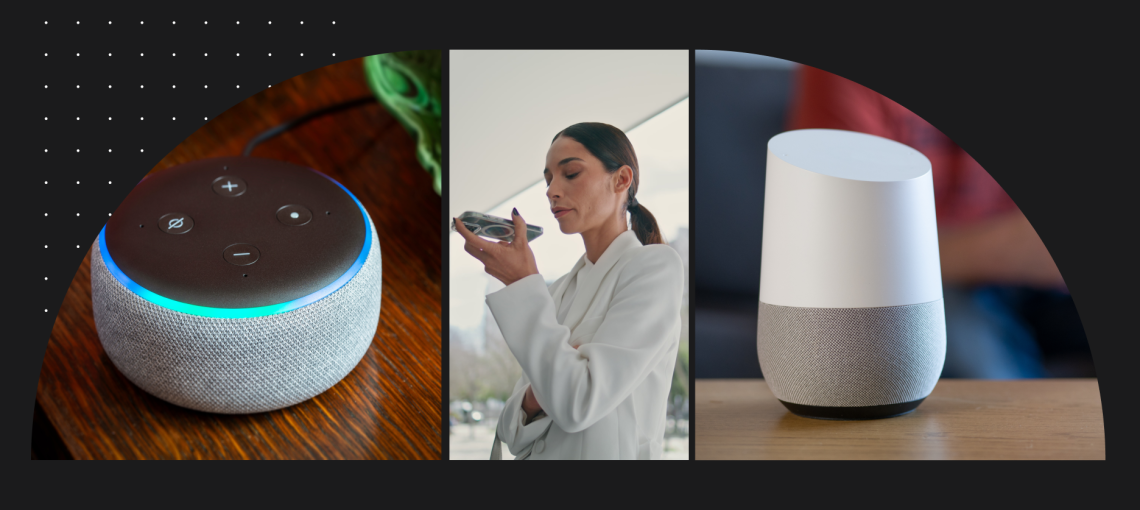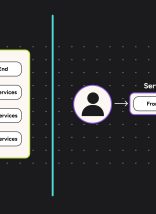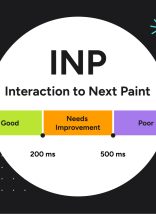Voice interaction series Part 2: In this post, learn more about the rising popularity of voice interaction and see how you can capitalize. In part 1, learn more about Machine Learning as a Service.
In their “FTI 2020 TREND REPORT FOR ENTERTAINMENT, MEDIA & TECHNOLOGY”, The Future Today Institute predicts that:
“In developed markets, half of the interactions consumers have with computers will be using voice by the end of 2020.”
When I heard this recently I was surprised, but then I reflected upon how much I already rely on computerized voice interaction on a daily basis. Here’s just a few examples:
- I use Google Assistant regularly to make calls and send texts while driving.
- I use neural speech-to-text software to turn audio interviews into written transcripts to speed my workflow.
- I use text-to-speech services to listen to articles and content originally published in written form.
So why would we think of computerized voice interaction as unusual or something futuristic? I think that’s because I am using it in a few, well-defined use cases. Voice interaction hasn’t become a key, popular interface option (like mobile, for example).
How do we know voice interaction is going to become essential?
One way to look at the future and coming trends is to look at enabling technologies – there is always a lag between when a technology is first developed and widely adopted. There is usually a refinement period in between.
While the time to adopt varies, many analyses of technology adoption prove:
- When a technology becomes available, it will be used – it’s just a question of who will be the first to use it most effectively in their competitive space.
- The pace of technology adoption is speeding up at the consumer level as well as the enterprise – your customers will use it very soon after you implement it.
Harvard Business Review sums it up nicely:
“Innovations introduced more recently are being adopted more quickly. By analogy, firms with competitive advantages in those areas will need to move faster to capture those opportunities that present themselves.”
AWS has made rapid progression with voice interaction.
In just three years, Amazon was able to rapidly progress a generic voice interaction service into a very specific application within one industry.
- 2016 – Amazon Web Service (AWS) introduced Amazon Polly – a service that turns text into lifelike speech. Text to speech can increase accessibility and engagement for much of your audience.
- 2017 – AWS released Amazon Transcribe – a service that, in the reverse of the above, converts speech to text quickly and accurately. This can increase efficiency in many interaction workflows.
- 2019 – AWS announces Transcribe Medical – a service that creates accurate transcriptions from medical consultations between patients and physicians, including the medical and pharmacological terms used in clinical documentation.
You are likely well aware of both the cost and volume of documentation involved in modern healthcare; imagine the impact that increasing efficiency in the medical transcription process could have. It comes as no surprise that Amazon saw a need their service could fill in this industry.
How can voice interaction drive business value for me?
You don’t have to wait for a solution specific for your industry to be developed – there are many ways you can take advantage of these kinds of services right now. Here are just a few examples of what you can do:
- Provide text-to-voice audio of content on your website – an accessibility benefit to vision-impaired visitors, and a convenience for others who may want to listen to your content.
- Transcribe audio recordings of client interviews or customer service calls to facilitate further actions.
- Generate text transcripts of video or audio files to provide for hearing-impaired visitors.
- Provide translations of your content, text or audio, for visitors who are not fluent in the language in which you publish your content (especially important for government services).
The complexity of integration will depend on a few factors.
The implementation depends on the nature and extent of the feature you want to provide. It can range from a custom integration with your existing application, to a relatively straightforward installation of a WordPress plugin. In fact, I’ll publish a how-to on using some of these AWS services in WordPress in my next post in this series.
For more information on leveraging emerging technologies, contact us for a free consultation.









